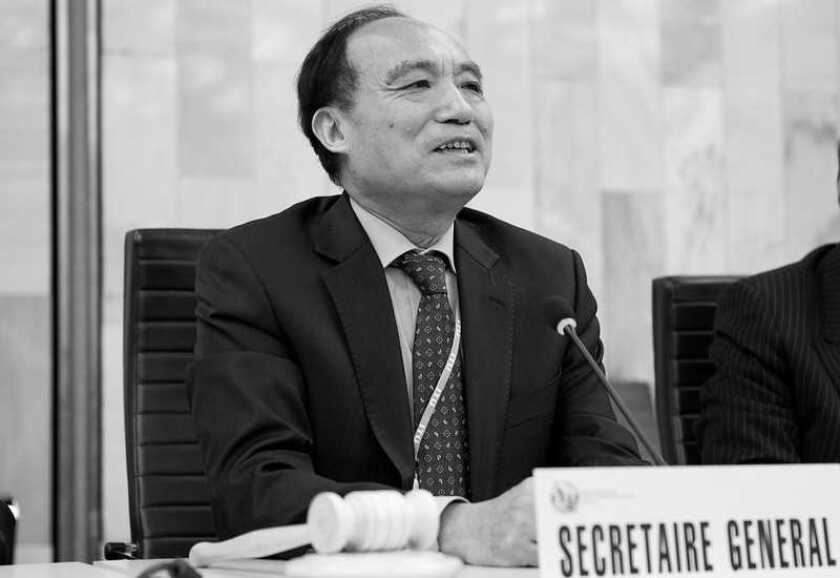There are currently three billion people, aged 10 or older, without access to the internet, posing what the International Telecommunication Union (ITU) has called a major infrastructure investment challenge.
Connecting Humanity, a publication released by ITU on 17 September, explored the challenge and the options available to mobilise “unprecedented levels of financing” to extend networks to unserved communities.
The multi-billion-dollar cost is associated with infrastructure needs, required policy and regulatory frameworks, and the development of basic digital skills.
To guarantee a 4G equivalent connection to everyone, ITU calculated that around 2.6 million 4G BTS and 700,000km of backbone fibre transmission infrastructure would have to be rolled out on top of existing broadband network capabilities.
Around 90% of required investments are directly tied to the need to roll out and maintain broadband networks to support the additional connected user base and related traffic.
In addition, 40% of total investments would have to be allocated to capex buildout for last mile broadband and transmission networks capable of reaching and serving at least 90% of the target population.
ITU Secretary-General Houlin Zhao, said: “Meeting the investment necessary to bring every person online by the end of this decade will require an unprecedented and concerted effort from the public and private sectors.
“The new Connecting Humanity study led by ITU is the much-needed roadmap that will guide decision-makers on the journey towards accessible, affordable, reliable, and safe digital technologies and services for all,” Zhao added.
ITU said nearly half of the required radio access network (RAN) infrastructure investment in Sub-Saharan Africa, South Asia and East Asia/Pacific will be greenfield, increasing the “overall weight of investments” in these locations.
The new study was developed with support of Saudi Arabia as part of ITU's role of the Knowledge Partner for the Digital Economy Task Force of the G20 Presidency.
According to ITU, more than 12% of the global unconnected population lives in remote, rural locations where traditional networks are not easily accessible, most of them in Africa and South Asia.
ITU said this connectivity gap is “exacerbated by the gender digital divide”. Across the globe, more men than women use the Internet: only 48% of women as opposed to 58% of men.
The urgency of the situation has been highlighted this year as many services moved online during the Covid-19 pandemic. ITU said that “assessing investment requirements to reach affordable universal connectivity is important to any country concerned with their ability to achieve the Sustainable Development Goals (SDGs).”





